- Get link
- X
- Other Apps
- Get link
- X
- Other Apps
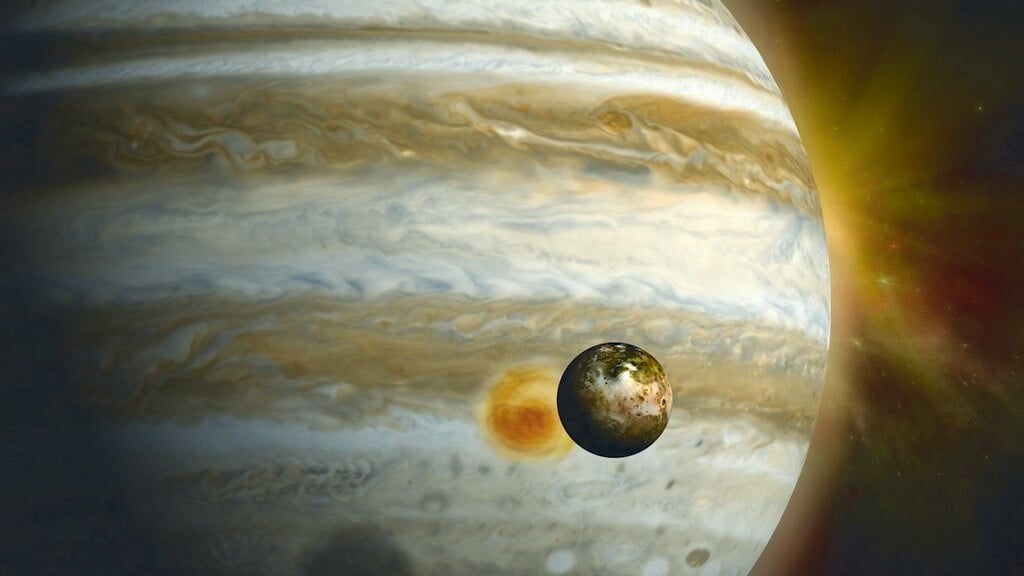
In ancient Roman mythology Jupiter is identified with the Greek Zeus. He is often called the "god-father" or "father of the gods". Jupiter was the son of Saturn, brother of Neptune and sister of Juno, who was also his wife. In turn, the planet Jupiter is the largest planet in the solar system. Ironically, a spacecraft with the name "Juno" was sent to Jupiter for "matchmaking". And while the probe only has to open many secrets of its "narrowed", today we will consider several already known facts about this gas giant.
Jupiter could become a star
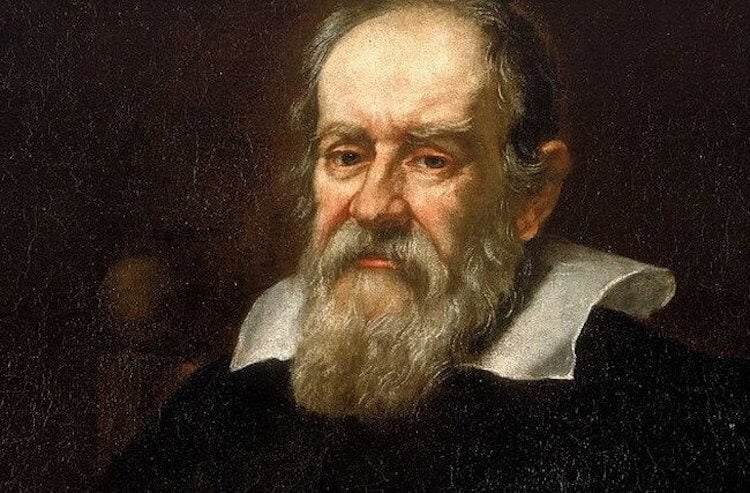
In 1610, Galileo discovered Jupiter and its four largest moons: Europe, Io, Callisto and Ganymede, which today are called Galilee satellites. This was the first time that a cosmic object was seen around the planet. Previously, observations were made only for the Moon rotating around the Earth. In the future, thanks to this observation, the Polish astronomer Nikolai Copernicus weighted his theory that the Earth is not the center of the universe. So the heliocentric model of the world appeared.
As the largest planet in the solar system, Jupiter has a mass that is twice the mass of all other planets in the solar system. The atmosphere of Jupiter is more like the atmosphere of a star than a planet, and consists mainly of hydrogen and helium. Scientists agree that if the reserves of these elements were 80 times more, then Jupiter would turn into a real star. And having four main moons and a multitude (in total 67) of smaller satellites, Jupiter itself is almost a miniature copy of its own solar system. This planet is so huge that it would take more than 1,300 planets the size of the Earth to fill the volume of this gas giant.
Jupiter and its famous great red spot
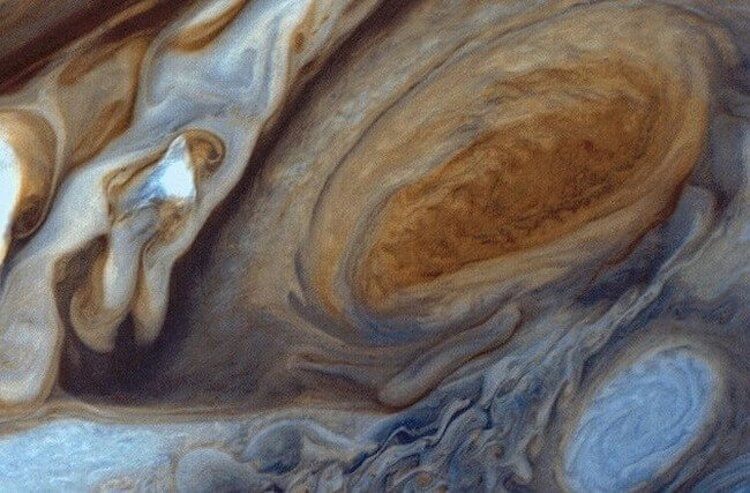
The amazing color of Jupiter consists of light and dark belt zones, which, in turn, are caused by constant powerful winds blowing from east to west at a speed of 650 kilometers per hour. The zones with light clouds in the upper layers of the atmosphere contain frozen, crystallized ammonia particles. Darker clouds contain different chemical elements. These climatic features are constantly changing and never stay for long intervals.
In addition to the fact that Jupiter often rains from real diamonds, another famous feature of this gas giant is its huge red spot. This spot is a giant hurricane, rotating counter-clockwise. The size of this hurricane is almost three times the Earth's diameter. The wind speed in the center of the hurricane reaches 450 kilometers per hour. The giant red spot is constantly changing in size, then increasing and becoming even brighter, then diminishing and becoming more dim.
The Amazing Magnetic Field of Jupiter
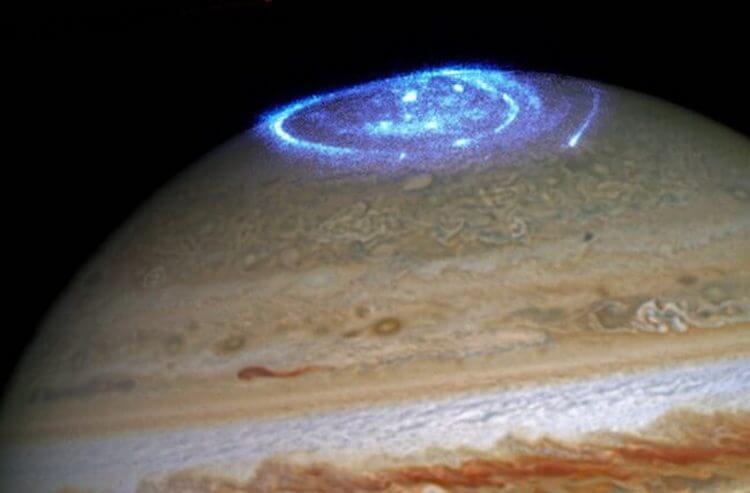
The strength of the magnetic field of Jupiter is almost 20,000 times stronger than the strength of the Earth's magnetic field. Jupiter can rightfully be considered the king of the magnetic fields of our planetary system. The planet is surrounded by an incredible size field of electrically charged particles that, without stopping, are bombarded by other planets in the solar system. At the same time, the radiation level near Jupiter is 1000 times higher than the fatal level for humans. The radiation density is so strong that it can damage even well-protected spacecraft, such as the Galileo probe.
The Jovian magnetosphere extends from 1,000,000 to 3,000,000 kilometers in the direction of the Sun and up to 1 billion kilometers toward the outer boundaries of the system.
Jupiter is the king of rotation

Jupiter needs only about 10 hours to complete a complete revolution around its axis. The day on Jupiter varies from 9 hours 56 minutes at both poles to 9 hours and 50 minutes in the equatorial zone of the gas giant. As a result of this feature, the equatorial zone of the planet is 7 percent wider than the polar ones.
Being a gas giant, Jupiter does not rotate as a single solid spherical object, such as, for example, Earth. Instead, the planet rotates somewhat faster in the equatorial zone and slightly slower in the polar. The total rotation speed is about 50,000 kilometers per hour, which is 27 times faster than the Earth's rotation speed.
Jupiter - the largest source of radio waves in the solar system

Another feature of Jupiter, which strikes the imagination, is how powerful radio waves it emits. The radio noise of Jupiter affects even short-wave antennas here on Earth. Radio waves that are not audible by the human ear, can acquire very fancy audio signals due to the ground radio equipment trapped by them.
Most often, these radio emissions are produced as a result of the instability of the plasma field in the gas giant's magnetosphere. Often, these noises cause a stir among ufologists who believe that they have caught signals from extraterrestrial civilizations. Most astrophysicists theorize that ionic gases above Jupiter and its magnetic fields sometimes behave like very powerful radar lasers, creating so dense radiation that sometimes the radio signals of Jupiter overlap in power short-wave radio signals of the Sun. Scientists believe that such a special power of radio emission is somehow connected with the volcanic satellite Io.
Rings of Jupiter
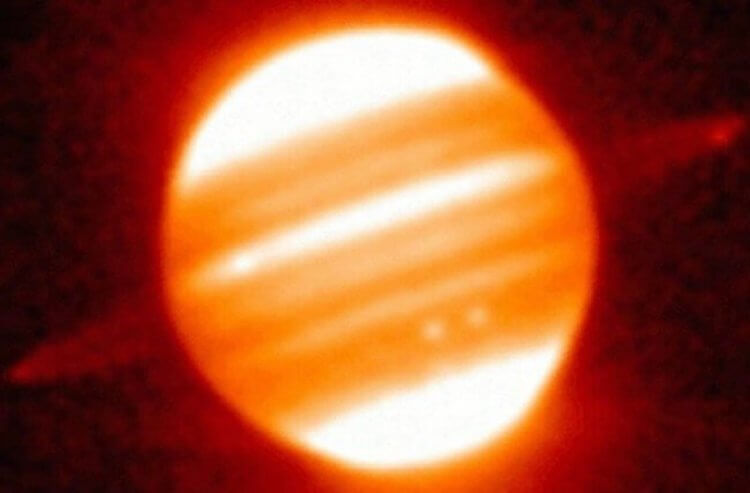
In the aerospace agency NASA were very surprised when the Voyager 1 spacecraft discovered in 1979 three rings around the equator of Jupiter. These rings are much duller than Saturn's rings, and therefore they can not be detected with ground equipment.
The main ring is flat and has a thickness of about 30 kilometers and a width of about 6,000 kilometers. The inner ring is even more discharged and often referred to as a halo - about 20,000 kilometers thick. The halo of this inner ring practically reaches the outer limits of the planet's atmosphere. In this case, both rings consist of tiny dark particles.
The third ring is even more transparent than the other two, and has the name "spider's ring". It consists mainly of dust accumulating around the four moons of Jupiter: Adrastea, Metida, Amalthea and Thebes. The radius of the spider ring reaches about 130,000 kilometers. Planetologists believe that the rings of Jupiter, like Saturn, could have formed as a result of collisions of numerous cosmic objects, such as asteroids and comets.
Defender of the planets
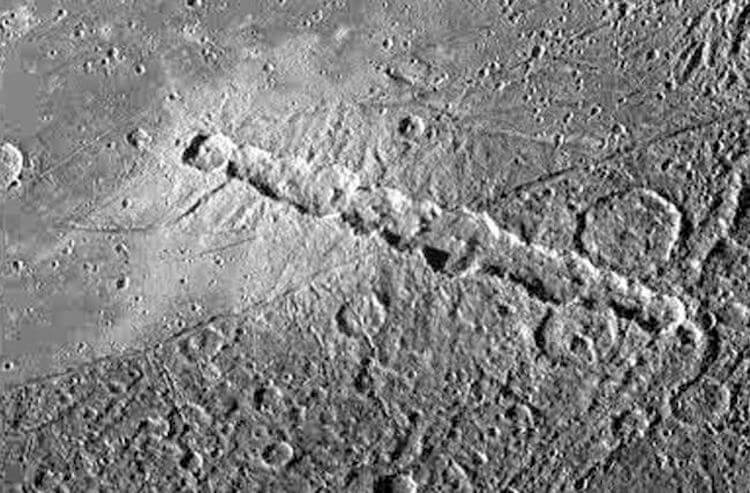
Since Jupiter is the second largest (the first place belongs to the Sun) cosmic objects in the solar system, its gravitational forces most likely participated in the final formation of our system and probably even allowed the appearance of life on our planet.
According to a study published in the journal Nature, Jupiter could once draw Uranus and Neptune to those places in the system where they are now. In a study published in the journal Science, it is said that Jupiter, with the participation of Saturn, at the dawn of the solar system attracted enough material to form planets of the internal boundary.
In addition, scientists are confident that the gas giant is a kind of shield against asteroids and comets, reflecting them from other planets. New research shows that the gravitational field of Jupiter affects many asteroids and changes their orbits. Due to this, many of these objects do not fall on the planets, including our Earth. These asteroids are called "Trojan asteroids." Three of them, the largest, are known under the names of Hector, Achilles and Agamemnon and are named in honor of the heroes of the Iliad Homer, which describes the events of the Trojan War.
The size of the core of Jupiter and the tiny Earth is the same
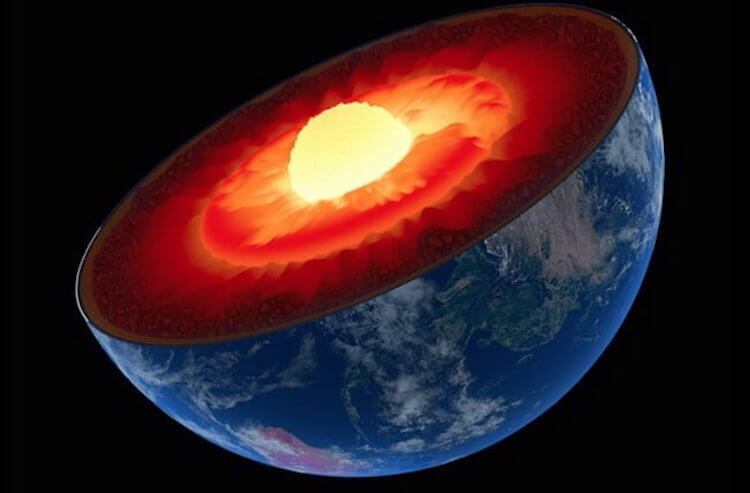
Scientists firmly believe that the inner core of Jupiter is 10 times smaller than the entire planet Earth. At the same time, it is assumed that up to 80-90 percent of the core diameter falls on liquid metallic hydrogen. Given that the Earth's diameter is about 13,000 kilometers, the diameter of the Jupiter core should be about 1,300 kilometers. And this, in turn, puts it on a par with the radius of the inner solid core of the Earth, which is also about 1,300 kilometers.
The atmosphere of Jupiter. A chemist's dream or a nightmare?

The atmospheric composition of Jupiter includes 89.2 percent of molecular hydrogen and 10.2 percent of helium. The remaining percent is ammonia, deuterium, methane, ethane, water, ammonia ice particles, and ammonium sulphide particles. In general: an explosive mixture, clearly not suitable for human life.
Since the magnetic field of Jupiter is 20,000 times stronger than the Earth's magnetic field, it is most likely that the gas giant has a very dense inner core of unknown composition, covered with a thick outer layer of liquid metallic hydrogen rich in helium. And all this is "wrapped" in an atmosphere, mainly consisting of molecular hydrogen. Well, it's a true gas giant.
Calisto - the most distressed satellite in the solar system
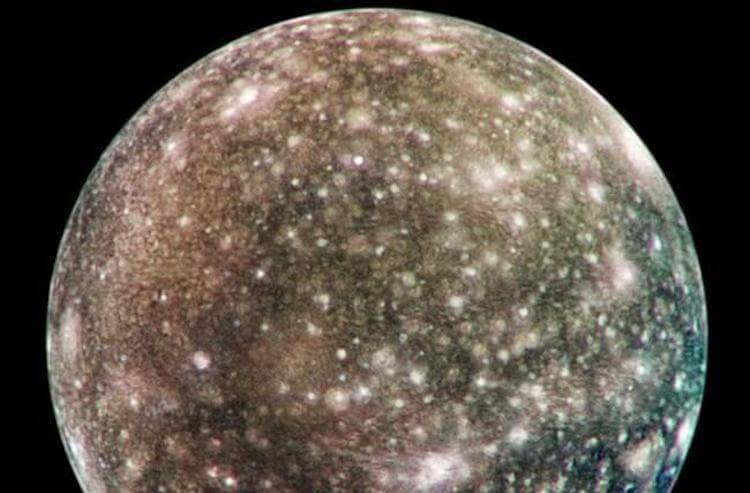
Another interesting feature of Jupiter is its moon called Kalisto. Calisto is the furthest of the four Galilean satellites. For a complete revolution around Jupiter, it takes one Earth week. Since its orbit lies outside the radiation belt of the gas giant, Calisto suffers less from tidal forces than other Galilean satellites. But since Kilisto is a tidal-locked companion, like our Moon, for example, one of its sides is always facing Jupiter.
The diameter of Calisto is 5000 kilometers, which is roughly equal to the size of the planet Mercury. After Ganymede and Titan, Calisto is the third largest companion in the solar system (our Moon is the fifth on this list, and Io takes the fourth place). The temperature on the Calisto surface is -139 degrees Celsius.
Being one of the four gililean satellites, Kalisto was discovered by the great astronomer Galileo Galilei and actually deprived him of a peaceful life. The discovery of Kalisto contributed to the strengthening of faith in his heliocentric theory and added fuel to the fire of the already burning conflict of the astronomer with the Catholic Church.
The article is based on materials .
- Get link
- X
- Other Apps
Comments
Post a Comment